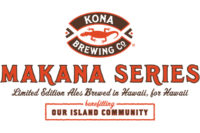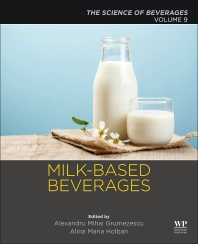Brewers Association releases 2014 craft beer review
IPAs top craft beer style for 2014

As the year draws to a close, the Brewers Association, Boulder, Colo., released its review of the 2014 craft beer market.
“It’s remarkable to see how beer has evolved in the past century,” said Bart Watson, chief economist for the Brewers Association, in a statement.” Year over year, we’re seeing tremendous growth in the craft beer sector, and 2014 proved that craft beer is moving into the mainstream. Consumers are making a conscious choice to buy and try the plethora of options produced by small and independent craft brewers.”
In 2014, the U.S. brewery count returned to historic levels, passing the 3,200 brewers mark in November. In addition, the number of brewery licenses reached the highest ever, topping 4,500 in the first sixth months of the year. Thirteen states — California, Colorado, Washington, Oregon, Michigan, New York, Pennsylvania, Texas, Florida, Wisconsin, Illinois, North Carolin and Ohio — now have more than 100 breweries each.
In addition, breweries are opening at a rate of 1.5 breweries a day, and there currently are more than 2,000 breweries in planning, the Brewers Association reports.
Craft brewers also were the growth point in the overall beer industry. Through June 2014, craft brewers enjoyed 18 percent growth by volume, and numerous data channels are showing continuing double-digit growth for craft in the second half of the year, the Brewers Association says.
Among beer styles, India pale ales (IPAs) remained the most favored craft beer style. According to retail scan data, IPAs were up 47 percent by volume and 49 percent by dollar sales and accounted for 21 percent volume share of craft and 23 percent dollar share of off-premise beer sales, the Brewers Association says.
Variety packs also had a strong year with craft beer lovers. Retail data indicates that variety packs are up 21 percent by volume and 24 percent by dollar sales, equating to 9 percent volume share of craft and 7 percent dollar share, the Brewers Association reports.
In 2014, craft beer consumers became as diverse as craft beer itself. Data indicates that 38 percent of households bought a craft beer in the last year versus 29 percent in 2010, the Brewers Association reports. Additionally, women consume almost 32 percent of craft beer volume, almost half of which comes from women ages 21-34, it says. Hispanic populations are demonstrating increased craft engagement as well, it adds.
“More and more breweries will spur innovation, meaning there will be even more offerings on hand for beer geeks and beginners to enjoy, not to mention more opportunities to explore and support local breweries, which has a profound impact on the economy at the regional, state and national level, Watson said in a statement.
Looking for a reprint of this article?
From high-res PDFs to custom plaques, order your copy today!






